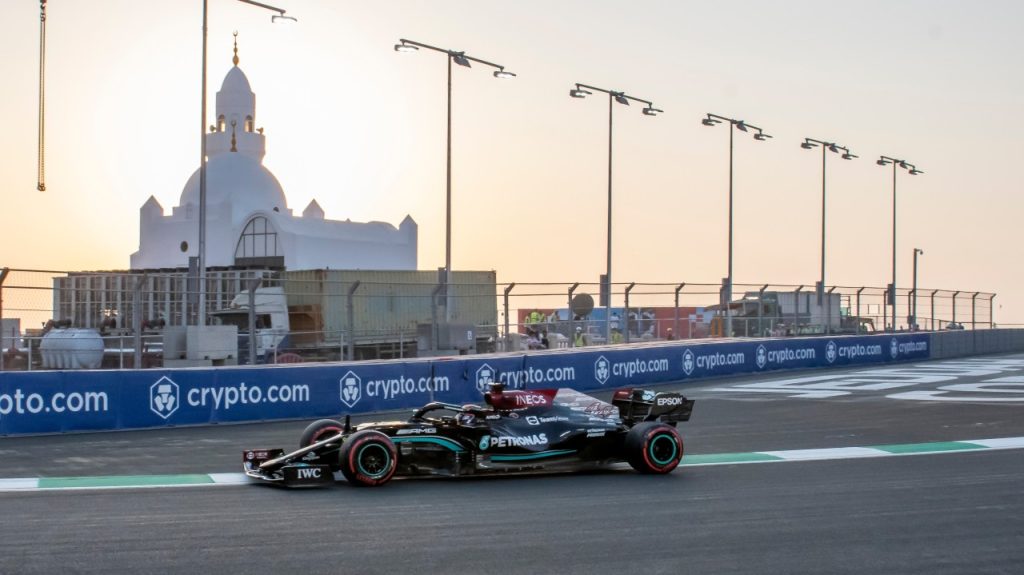
In the past decade, sovereign wealth funds (SWFs) have emerged as some of the most powerful and influential investors in global sport. From acquiring high-profile football clubs to launching rival leagues and underwriting grassroots infrastructure, these state-backed funds are reshaping the sporting landscape at an unprecedented scale. But crucially, not all sovereign wealth investors are the same—and their approach to investing in sport differs sharply from traditional private equity (PE) models.
Sovereign Wealth vs Private Equity: A Different Playbook
At first glance, sovereign wealth funds and private equity firms may appear similar: both manage large pools of capital and seek returns through strategic investments. But the similarities largely end there—particularly when it comes to sport.
Private equity is, by design, focused on delivering high financial returns within a relatively short time frame, typically 5–7 years. PE firms buy undervalued or underperforming assets, optimise them for efficiency and revenue growth, and then exit through resale or IPO. In the world of sport, this often means restructuring operations, commercialising fan bases, and streamlining costs. Sport is treated primarily as a financial asset.
Sovereign wealth funds (SWFs), on the other hand, operate with a longer-term, more strategic horizon. While economic return is important, it is often only one of several goals. Many SWFs are designed to serve broader national objectives—stimulating domestic economies, building global influence, creating employment, promoting tourism, and even enhancing the well-being of local populations. They don’t answer to external shareholders or fund cycles, allowing for greater patience and a more flexible, values-aligned approach to investment.
This results in a very different kind of sports portfolio—one that may include elite clubs and media rights, but also grassroots programmes, event hosting, infrastructure investment, and community outreach. Unlike PE investors, SWFs are not just looking to monetise fan engagement—they’re also looking to shape societal outcomes.
Diplomacy, Development, and Diversification: the Varying Motivations Behind Sovereign Sports Investment
Though united by their state backing and long-term outlooks, sovereign wealth funds differ significantly in strategy, geography, and rationale. Their distinct approaches reflect the political priorities, economic contexts, and cultural ambitions of their respective nations.
Saudi Arabia’s Public Investment Fund (PIF)
Perhaps the most high-profile currently, PIF has launched an aggressive, multi-dimensional investment campaign in sport as part of Saudi Arabia’s Vision 2030. The fund’s portfolio spans domestic and international assets—from buying Saudi Pro League clubs and hosting global events like F1 and boxing, to investing in LIV Golf, Newcastle United, and the Professional Fighters League (PFL) through vehicles like SELA and SURJ.
What sets PIF apart is how embedded sport is in national transformation. Domestically, sport is a tool for social progress, employment creation, and health improvement. Internationally, it’s a means of global influence, economic diversification, and brand repositioning. PIF’s strategy isn’t just about owning teams—it’s about owning the future of Saudi Arabia’s identity, economy, and diplomacy.
Mubadala: Diplomacy Through Development
Abu Dhabi’s Mubadala Investment Company takes a more relationship-driven approach, with an emphasis on international development and mutual economic growth. Since 2012, Mubadala has invested in Brazil’s sports sector, acquiring stakes in the SailGP team, the LIBRA football project, the Rio Open, and Brazil Motorsport.
Mubadala’s rationale is multi-layered: leverage Brazil’s vast sports fanbase, support local professionalisation, and build long-term economic ties between the two countries. These investments aim to drive both financial and social returns, aligning capital deployment with community outreach, such as SailGP Inspire’s youth initiatives. It’s a model of “sports diplomacy”—one rooted in partnership and long-term impact.
Qatar Sports Investments (QSI): Global Image and Influence
Qatar’s sports strategy, as seen through Qatar Sports Investments’ acquisition of Paris Saint-Germain (PSG), is driven primarily by soft power and reputational gain. Owning one of Europe’s premier football clubs has helped project Qatar as a modern, ambitious and globally relevant nation, especially in the lead-up to the 2022 FIFA World Cup.
Beyond visibility, QSI’s ownership has created strategic business and political ties within France and across European football. The synergy with national brands like Qatar Airways reinforces the country’s international standing. For Qatar, sport is a channel for visibility, diplomacy and prestige.
Broader Implications for the Sports Industry
What unites all these sovereign investors—despite their differences—is a willingness to be patient and invest with multiple bottom lines in mind: economic, social, political, and cultural. Their portfolios often combine growth-stage ventures with legacy assets, supporting the development of sports ecosystems rather than just individual assets. They’re building infrastructure, investing in youth, and thinking not just in terms of seasons, but of decades.
In contrast to PE firms that often look for predictable short-term gains, SWFs are shifting the conversation towards long-term transformation. This makes them powerful allies, particularly in tackling some of sports most complex challenges that aim to unite fragmented ecosystems and transform historic legacies that don’t embrace current fan needs—able to influence its direction not just through capital, but through vision.
Conclusion
Sovereign wealth funds are not just investors in sport; they are architects of its future. Whether driven by diplomacy, economic transformation, or reputational gain, their strategies are reshaping how sport is funded, structured, and consumed. Crucially, understanding the diversity of SWF strategies—and how they differ from private equity—is key for any stakeholder navigating the evolving global sports economy.
Kirsten Sibbit-Johnston (Director, Strategy, Transformation and Growth; Head of Women’s Sport)
